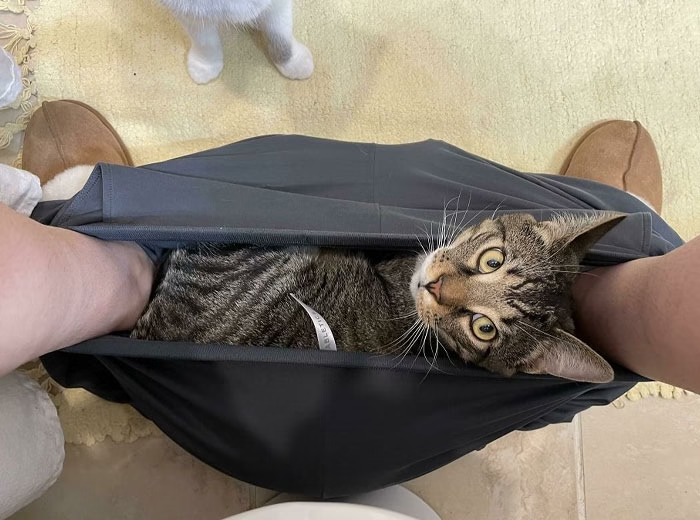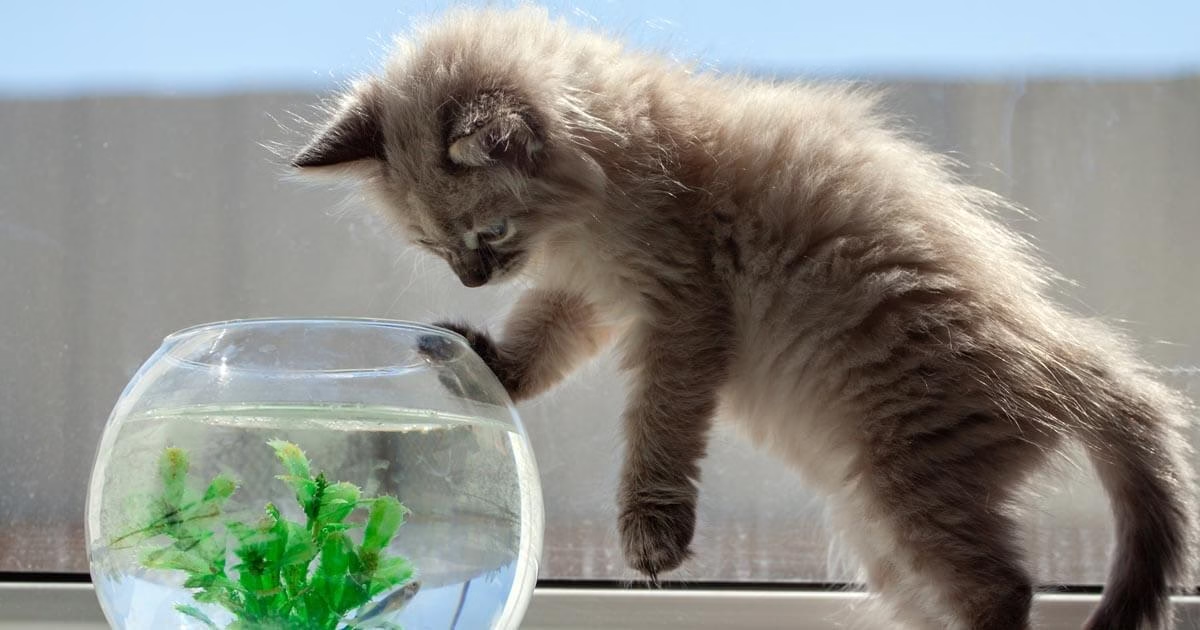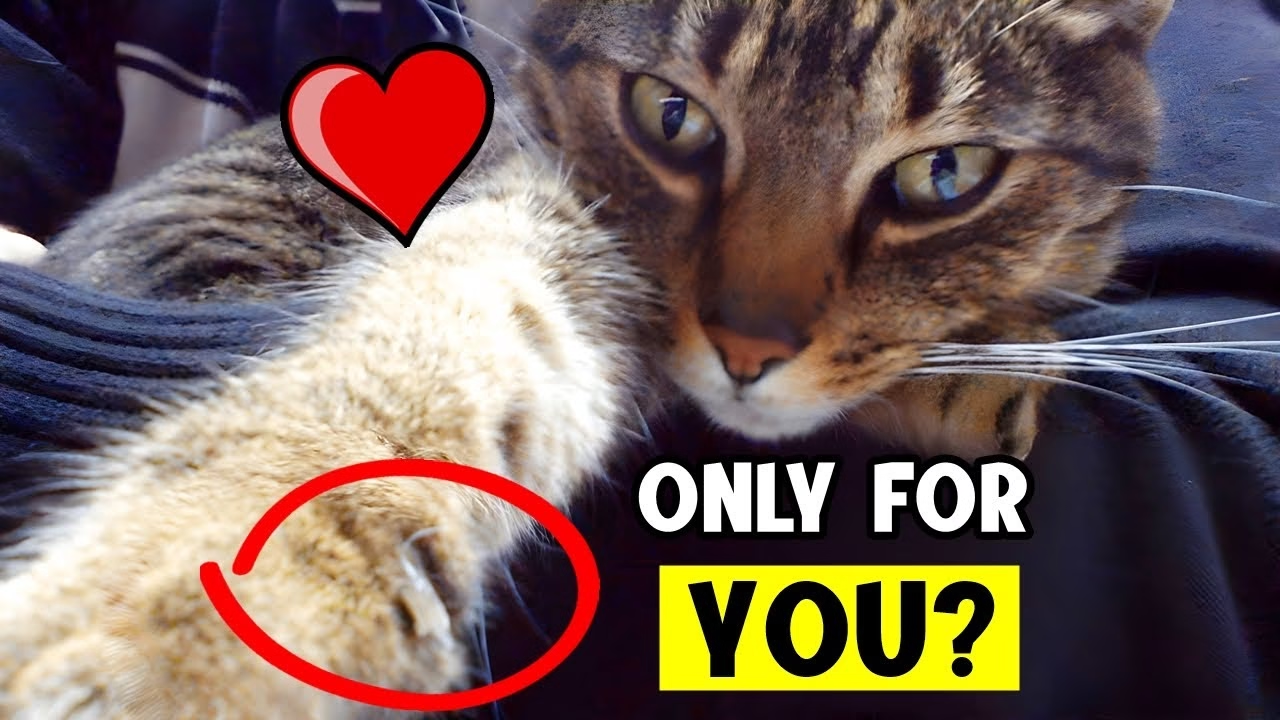Top 10 Things Cats can get Away with but Humans Cant
Introduction
Cats. Those enigmatic, furry overlords of our homes. They possess a certain je ne sais quoi, a captivating blend of independence and affection that allows them to navigate the world by a different set of rules than us mere humans. While we adhere to societal norms and face consequences for our actions, our feline companions seem to operate in a realm where gravity, decorum, and even basic courtesy are mere suggestions.
From their uncanny ability to nap in the most inconvenient yet somehow comfortable spots to their insistent demands for tuna at 3 AM, cats have carved out a unique existence where certain behaviors are not only tolerated but often met with amusement and adoration. This exploration delves into ten such feline privileges – the top ten things cats can get away with that would land a human in hot water, highlighting the delightful double standard we willingly uphold for our whiskered companions.
Ignoring Personal Space

A cat’s understanding of personal boundaries is, shall we say, fluid. They might decide your face is the perfect pillow, your laptop keyboard an ideal napping spot, or your morning coffee an intriguing beverage to investigate. Imagine a human repeatedly sitting on a coworker’s desk during a meeting or sniffing a stranger’s drink – such behavior would be swiftly met with disapproval, if not HR intervention. Yet, when a cat invades our personal space, it’s often interpreted as a sign of affection, a quirky habit we readily accommodate with a chuckle and perhaps a photo opportunity.
Demanding Food at Odd Hours
Try waking your neighbor up at 3 AM with insistent meows because you’re feeling peckish. The response would likely involve a less-than-friendly conversation and possibly a noise complaint. However, when a cat engages in this behavior, pacing around, yowling at the bedroom door until their demands for sustenance are met, it’s often met with a sigh and a trip to the food bowl. We become conditioned to their nocturnal cravings, their insistent cries somehow bypassing our annoyance and triggering a caregiving response. It’s a testament to their persuasive powers that these unreasonable demands are not only tolerated but often anticipated.
Sleeping Anywhere, Anytime
Humans are generally expected to sleep in designated areas, like beds. Falling asleep in the middle of a grocery aisle or during a work meeting would be considered highly inappropriate and potentially disruptive. Cats, however, are masters of the impromptu nap. They can seamlessly drift off to sleep in sunbeams, cardboard boxes, on top of bookshelves, or even nestled inside a laundry basket. Their ability to find comfort in the most unexpected places is often seen as endearing, a testament to their relaxed and adaptable nature. We might even carefully step around their slumbering form, marveling at their peacefulness rather than demanding they find a more conventional sleeping spot.
Climbing on Furniture
Imagine a human scaling bookshelves in a library or leaping onto the kitchen counters during meal preparation. Such behavior would likely result in raised eyebrows and stern warnings. Yet, cats treat our furniture like their personal jungle gyms. They effortlessly ascend curtains, perch atop refrigerators, and navigate bookshelves with surprising agility. This vertical exploration is often viewed as a natural expression of their feline instincts, their inherent curiosity and desire for high vantage points indulged without question, even when it means precarious leaps and precarious landings.
Knocking Things Over

Deliberately swatting items off tables or shelves would be considered destructive and rude behavior for a human. Imagine intentionally pushing a glass of water off a table at a restaurant – the consequences would likely involve apologies and a hefty bill. However, when a cat does this, batting at pens, nudging vases, or sending unsuspecting objects tumbling to the floor, it’s often met with a sigh and a shake of the head, sometimes even amusement at their playful (albeit destructive) curiosity. This seemingly mischievous behavior is often attributed to their hunting instincts or simply their desire to interact with their environment, a privilege we begrudgingly grant them.
Getting Away With Being Aloof
Picture a human consistently ignoring greetings, offering curt responses, and generally acting disinterested in social interactions. They might be labeled as rude or antisocial. However, cats can effortlessly pull off an air of aloofness. They might bestow a fleeting glance upon your enthusiastic greeting or saunter away mid-petting session, leaving you wondering what you did wrong. This independent streak is often seen as part of their charm, their affection feeling all the more special because it’s given on their own terms. Their selective engagement is tolerated, even admired, a stark contrast to the social expectations placed upon humans.
Shedding Everywhere
Imagine a human leaving trails of hair wherever they go – on furniture, clothing, and even in food. This would be considered unhygienic and quite frankly, a bit gross. Yet, cats are prolific shedders, leaving a constant reminder of their presence in the form of fur on virtually every surface. While we might grumble and diligently vacuum, this unavoidable shedding is largely accepted as part of the package deal of cat ownership. We invest in lint rollers and accept that our wardrobes will forever have a feline accent, a level of tolerance that wouldn’t extend to a human with similar follicular habits.
Scratching Furniture
Consider a human regularly scraping their fingernails down the side of a sofa or using a table leg as a sharpening post. This would be seen as vandalism and a quick way to lose friends (and security deposits). Cats, however, have an innate need to scratch, and our furniture often bears the brunt of this instinct. While we might provide scratching posts, their allure often pales in comparison to the arm of our favorite chair. This destructive behavior is often met with attempts at redirection rather than outright condemnation, a testament to our understanding of their natural urges, even when it comes at the expense of our belongings.
Meowing for Attention

Imagine a human constantly vocalizing their desires with loud, insistent cries. This would likely be considered disruptive and attention-seeking behavior. Yet, cats have mastered the art of the meow, using a wide range of vocalizations to communicate their needs, from a gentle purr to a demanding yowl. Whether it’s for food, attention, or simply to announce their presence, their meows are often met with a willingness to decipher their meaning and cater to their requests. This constant vocalization, which would be deemed irritating coming from a human, is often interpreted as a charming and necessary form of feline communication.
Conclusion
In the delightful dichotomy of human and feline existence, it’s clear that cats operate under a unique set of privileges. Behaviors that would be deemed unacceptable, even bizarre, for humans are often met with amusement, tolerance, and even affection when exhibited by our whiskered companions. From ignoring our personal space to demanding midnight snacks, their charm lies in their unapologetic adherence to their own rules. This playful double standard highlights the special bond we share with these enigmatic creatures, a bond built on a foundation of endless fascination and a willingness to forgive their occasionally disruptive, yet always endearing, antics.
You Can Also Read: Top 10 Most Beautiful Domestic Cat Breeds
FAQs
Why do cats get away with ignoring personal space?
Cats often see their human companions as part of their safe territory and express affection through close proximity, which we often interpret positively despite human social norms around personal space.
Is demanding food at odd hours a learned behavior in cats?
While cats have natural hunting instincts that might lead to activity at night, persistent demands for food at unusual times are often reinforced by human responses, creating a learned behavior.
Why can cats sleep anywhere and anytime without consequence?
Cats require significant amounts of sleep and prioritize comfort and security. Their ability to nap in various locations is a natural behavior linked to their crepuscular nature and need to conserve energy.
Is scratching furniture just bad behavior in cats?
No, scratching is an essential behavior for cats to maintain their claws, stretch their muscles, and mark their territory. While destructive to furniture, it’s a natural instinct that needs to be managed with appropriate outlets.
Why do humans tolerate a cat’s aloofness when they wouldn’t tolerate it in another person?
A cat’s independence is often seen as part of their inherent charm and mystique. Their displays of affection, when they occur, feel more special because they are given on their own terms, contrasting with human expectations of consistent social engagement.
